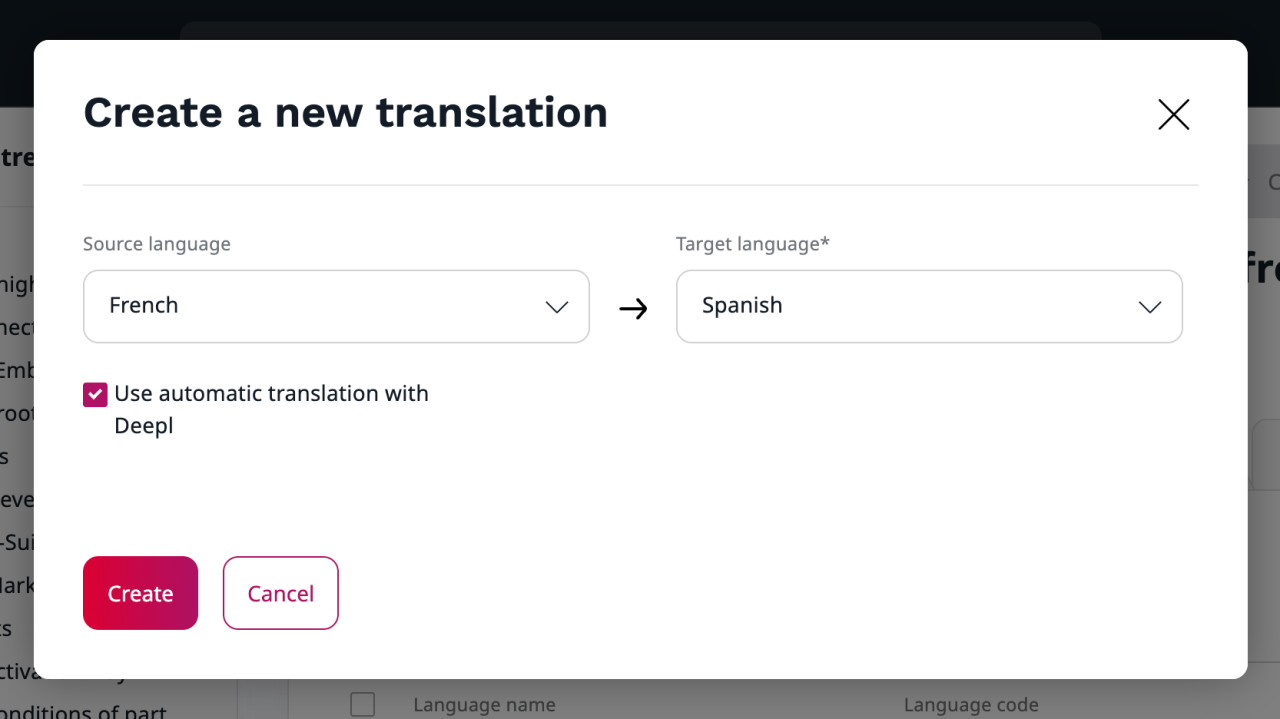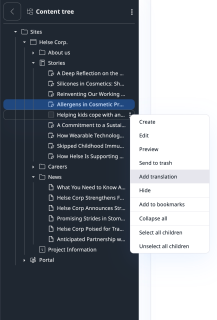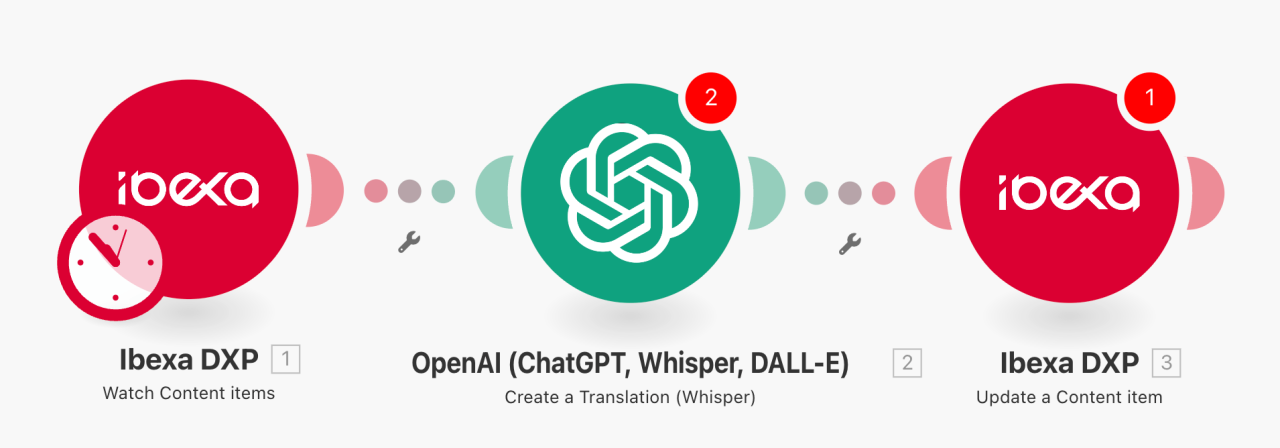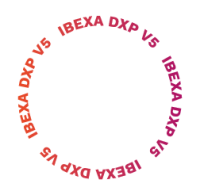Translating Content at Scale with Ibexa DXP
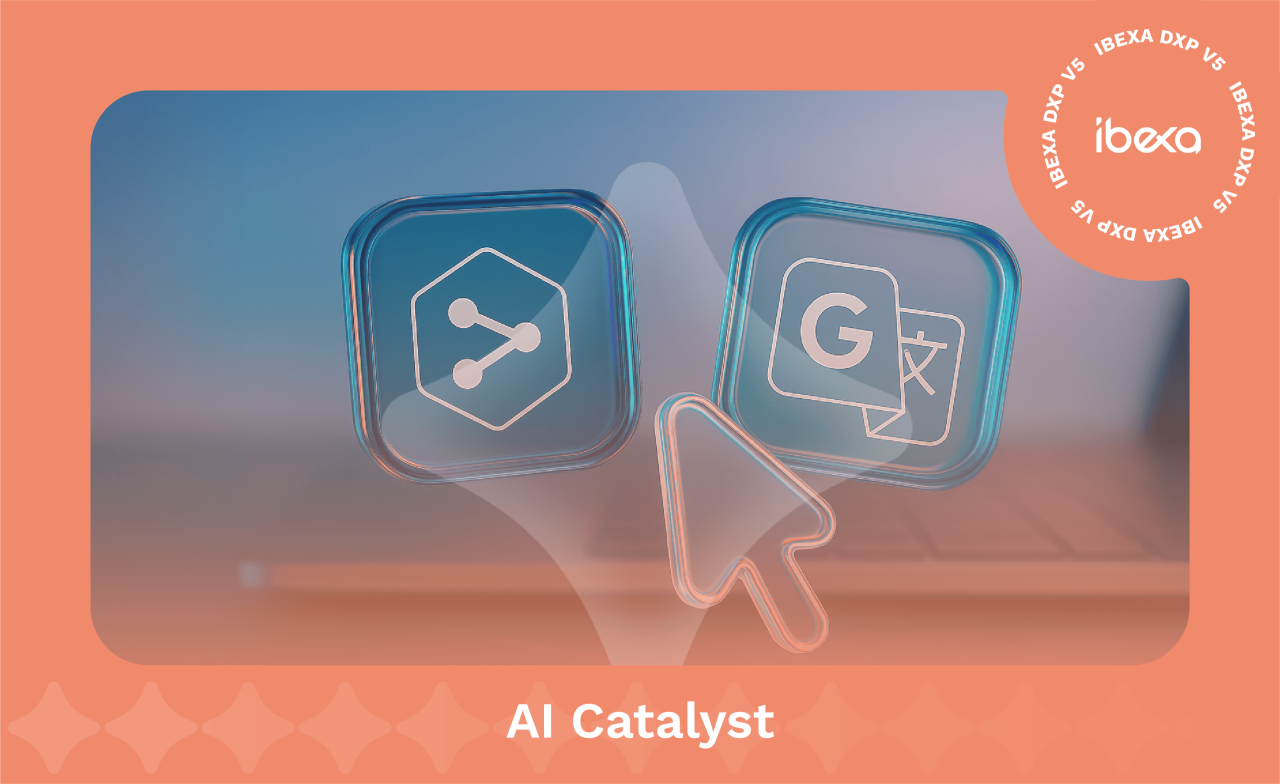
Are you creating content in multiple languages – or are you planning to? Then you might also know that it can be quite an overwhelming task for your content team.
The good news? With Ibexa DXP and AI Catalyst, translation is no longer a separate, manual process. It becomes part of a connected, intelligent workflow that helps you launch in new markets faster and more efficiently.
In this blog, we’ll look at how far translation management has come, what challenges still remain, and how a DXP changes the game for multilingual content teams.
Let's go back to 2006...
If you worked with content then, you might remember how fragmented web management used to be. Every market or business unit often had its own website, and each language version had to be maintained separately.
Whenever a business unit expanded into a new market (which happened a lot!), the fastest way to establish a presence was to launch a website. Here, the real bottleneck was always translation.
Maybe you recognize this routine:
- Copy the content into Word documents
- Send them to a translation agency
- Wait for them to come back
- Loop in someone local to review the translations
- Tweak as needed
- And then... more copying and pasting to get the content back into the CMS.
It worked - barely - but it was slow, manual, and disconnected from the rest of the content process.
Translation and localisation in 2025 and beyond
Today, things have moved on quite a bit.
With the advent of Machine Translation tools such as Google Translate and DeepL, it's never been easier to translate content instantly (or so cheaply!).
These tools create near-ready copies of existing pages with layout and structure intact, needing only light human review to adjust tone, idioms, or market-specific phrasing. The result? Faster turnaround, greater consistency, and far less admin work for global content teams.
But while tools like DeepL are impressive, their true potential is only unlocked when translation lives inside your DXP.
Why a DXP makes a difference
A traditional CMS can publish translated content — but it can’t orchestrate it.
A DXP, on the other hand, connects translation tools, content workflows, and automation into one ecosystem.
With Ibexa DXP + AI Catalyst, your team can:
- Manage translations directly within the DXP without copy-pasting between systems
- Choose your preferred translation provider: DeepL, Google, or even LLMs like ChatGPT, Claude, or Mistral
- Automate large-scale translations via Ibexa Connect, syncing updates across all sites
- Keep humans in the loop for cultural accuracy and brand tone
This is a game-changer for businesses that need to launch campaigns across several different languages and markets.
At Ibexa, we see the value of AI-assisted translation every day.
For example, our own marketing team uses DeepL to create first-pass translations of landing pages, blogs, and product content. What once took days now takes hours - and more importantly, it happens within a coordinated framework that keeps all language versions aligned and on schedule.
This workflow illustrates how a DXP like Ibexa transforms translation from a manual task into a scalable process. Content teams can launch multi-lingual campaigns simultaneously, reduce dependency on regional resources, and ensure consistency across channels - all while keeping the human touch where it matters most.
And because the AI Catalyst framework is technology-agnostic, you’re not tied to any single translation tool.
You can easily integrate DeepL, Google Translate, or even large-language models such as ChatGPT, Claude, or Mistral, depending on your quality and cost preferences.
Bulk translations are also feasible using the Ibexa Connect service to connect Ibexa DXP to various systems.
This freedom allows you to execute Go-To-Market strategies easier than ever with Ibexa DXP and AI Catalyst.
Want to know more about the latest version of the Ibexa DXP and how it helps you go to market faster than a standard CMS?
[On-Demand Webinar] Introducing Ibexa DXP V5
|
|
|

